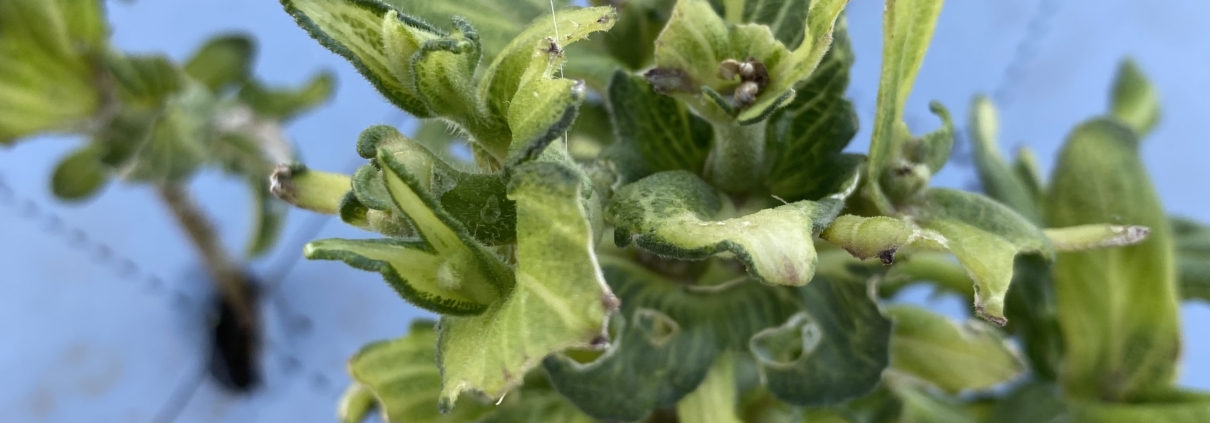This year has been the hardest flower farming year I’ve had. As a farmer you know not to complain much. If it’s not one thing, it’s another, whether that be bugs, hail, etc. This year, we’re still suffering from drought in North Texas. May and June have seen above average temperatures, extending up and over 100 degrees for successive days. But what hit hard this year was the herbicides.
Let me tell you about something you might not know about. You may think you have a black thumb, when in fact, it’s not your fault. Several years ago, I landscaped in my flower bed with some native perennials. They died. I thought it sure was strange that a Blackfoot Daisy couldn’t survive. Turns out, I was poisoning my landscaping by having my yard sprayed for weeds. Whaaat?! That was my first introduction to herbicides. Herbicides target broadleaf weeds. Flowers are basically the same thing. All that’s left to grow is grass. I quickly cancelled my yard spraying service and things have grown much better since. Did you know you don’t even really need to spray for weeds in the spring? I know it’s an eyesore, especially if you live in town. But when things warm up, those weeds will die off anyway. Bermuda grass will choke them out. Plants like Chickweed are beneficial to insects and feed the bees in the spring. Just promise me you’ll consider it.
My second encounter with herbicides came from using manure. What I didn’t know is that even though cows have four stomachs, they don’t break down herbicides that are used on the hay and grass that they eat. Herbicides such as 2, 4-D and picloram can have half-lives of hundreds of days, meaning they may be in soil for years. A lot of people amend their soil with compost, manure, or lay hay down for mulch. You have to know the source of these products to know whether or not they’ve been treated with herbicides. Otherwise, you’re poisoning your garden and not giving yourself a fighting chance.
Spraying grass leads me to my main topic. This year I got hit hard with herbicide drift. Herbicide drift occurs when spray planes spray and the product drifts onto plants that it wasn’t intended to kill. Did you know?…herbicides can drift up to one mile in a less than 5 miles per hour wind. Some states have websites such as driftwatch.org which let you sign up and be notified when spraying will occur. Likewise, it lets the spray pilots know who to protect, therefore protecting specialty crops. Texas does not have a website like driftwatch.org. But after contacting the landowner and the spray plane company, I’m hoping that better lines of communication will help prevent this in the future.
All is not lost. Not all of my flowers died. Of the cool-season hardy annuals, the scabiosa was hit the hardest. It started to grow out of it, but the delay in growth caused these cool loving flowers to have to bloom when it was just too hot outside for them. Of the warm-season tender annuals, the zinnias (pictured) and sunflowers were most damaged. I lost a succession of sunflowers. The zinnias are just not starting to grow out of it. Kind of.
What do you need to look for? Herbicides kill plants by messing with their growth hormones. They cause the leaves and stems to twist and curl, and the abnormal growth kills the plant. Think this may be happening to you? You can always double check by sending off a plant sample to the TAMU plant clinic listed at the following URL:
https://plantclinic.tamu.edu/
Also, if you grow tomatoes, keep an eye on them and watch for irregular growth. Although there are viruses and fungus that cause leaf roll in tomatoes, I’ve found that they are the “canary in the coal mine” when it comes to identifying herbicide drift. They are very susceptible to it and can signal to you what might be happening to your other plants. I hope this information helps you prevent mistakes in your own garden or landscaping.




